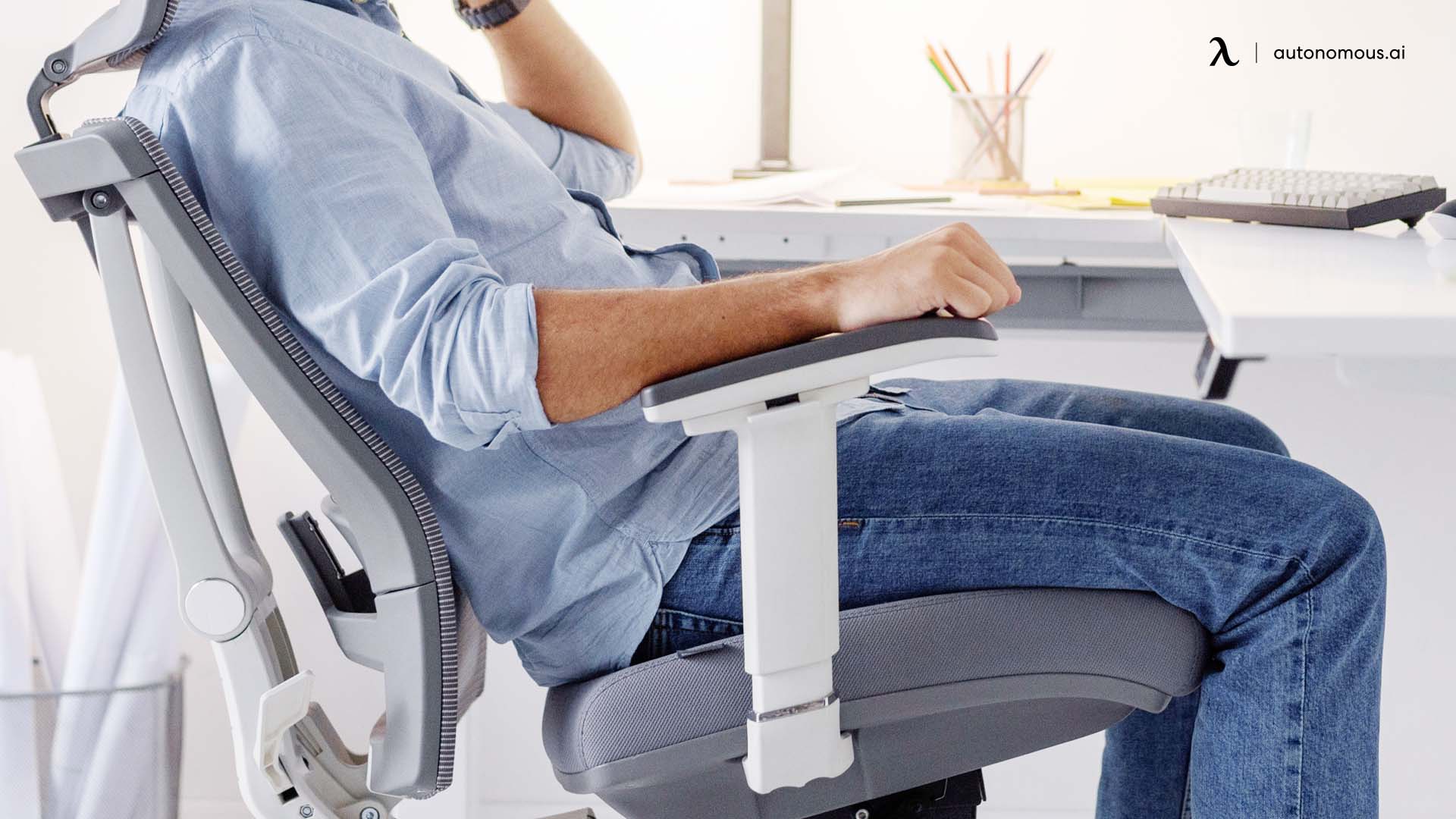
What Is Office Chair Butt? Causes, Examples, and Prevention Tips
Table of Contents
The term "office chair butt" might sound amusing, but for those who spend long hours sitting at a desk, it's no laughing matter. This phenomenon refers to the physical effects of prolonged sitting, which can weaken the gluteus maximus muscles, alter their appearance, and lead to discomfort. If you’ve been noticing changes in how your body feels or looks after months of desk work, this guide will help you understand what’s happening and how to address it.
What Is Office Chair Butt?
Office chair butt describes the negative consequences of a sedentary lifestyle, especially for those glued to their desks. These effects are primarily seen in the glutes—the largest muscles in your body. When these muscles remain inactive for extended periods, they weaken, leading to muscle atrophy (loss of mass) and discomfort.
This issue is more than just a cosmetic concern:
- Health Impact: Weak glutes can disrupt posture, leading to lower back pain and decreased mobility.
- Visual Changes: The term is often used to describe a "flat" or "saggy" appearance of the buttocks.
- Everyday Consequences: Simple activities like walking, climbing stairs, or even standing can feel more challenging.
Understanding what office chair butt is is the first step to addressing it. It's not just about appearance—it’s about maintaining a healthy and functional body.
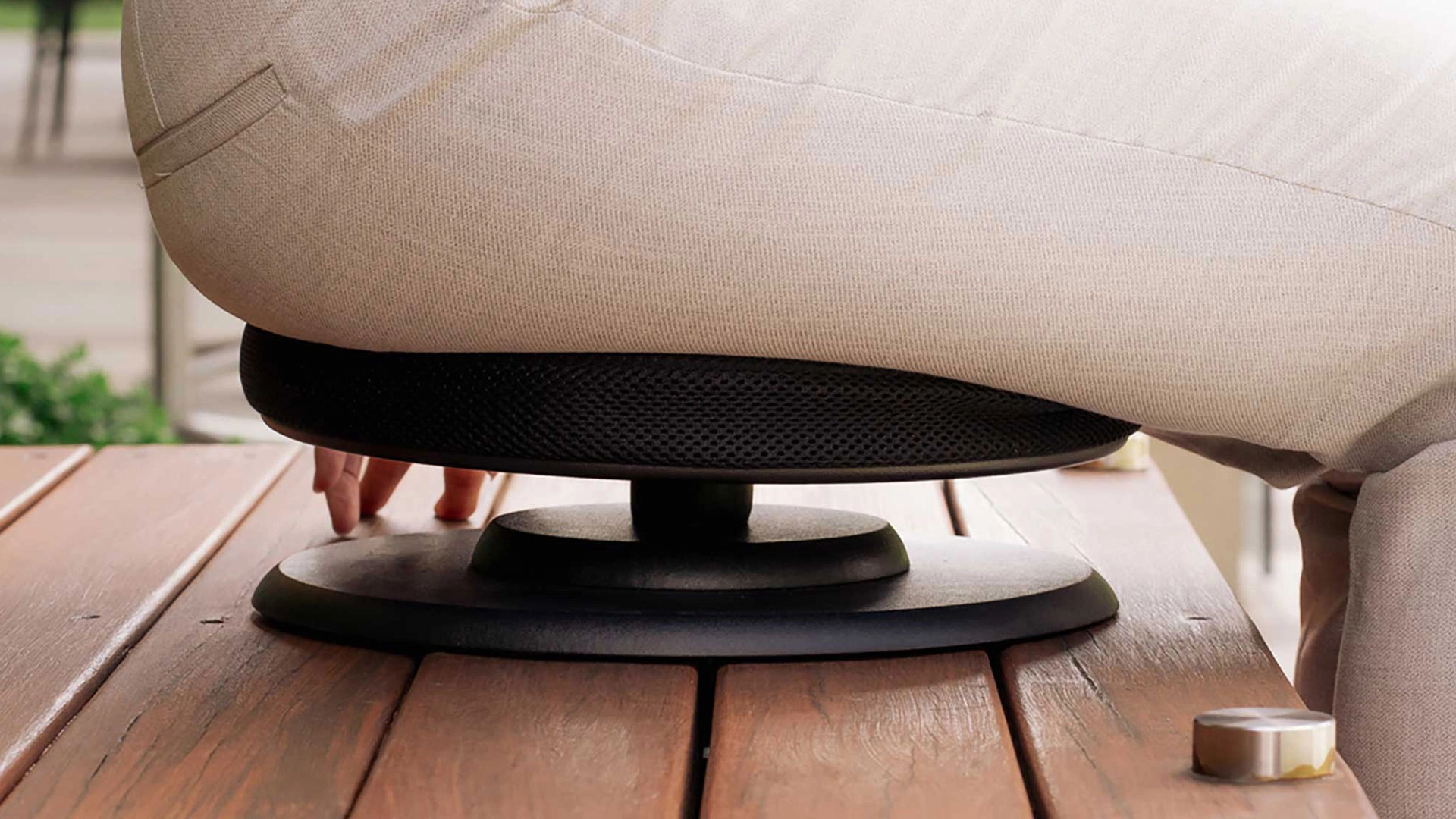
What Does Office Chair Butt Look Like?
Visually, office chair butt manifests as:
- Loss of Muscle Tone: The glutes may appear less defined or flatter due to inactivity.
- Sagging or Flattening: Reduced muscle activity over time affects the shape and firmness of the buttocks.
- Postural Imbalances: Weak glutes often contribute to poor posture, making the lower back arch excessively or the hips tilt forward.
Internally, you might notice:
- Discomfort or Soreness: Prolonged sitting can compress the glute muscles, leading to numbness or a dull ache.
- Difficulty Engaging Glutes: Over time, the muscles become "lazy," making exercises or daily activities harder to perform.
For instance, an office chair butt example might be someone who notices their pants fitting differently or struggles to engage their glutes during a workout. These are clear signs of muscle weakening caused by inactivity.
Why Does Office Chair Butt Happen?
1. Muscle Inactivity
When you sit, the glutes remain dormant. Unlike walking or standing, where they actively support your body, sitting keeps them disengaged. This prolonged inactivity causes the muscles to shrink and lose their natural strength. While standing isn’t a direct way to build muscle, it does help engage stabilizing muscles in your legs, core, and back, which can prevent total muscle dormancy. For more insights into how standing impacts muscle engagement and ways to incorporate it into your routine, check out this article on does standing build muscle.
2. Poor Circulation
Sitting for hours can compress muscles and reduce blood flow, leaving your glutes stiff, sore, or even numb. To counter this, making small adjustments, like using an office chair designed to help with leg circulation, can promote better blood flow. Simple habits like taking regular breaks or practicing stretches at your desk can also make a difference. If you're looking for more ideas, this guide on how to improve circulation while sitting at a desk offers practical tips to keep your body healthy during long workdays.
3. Sedentary Lifestyle
Desk jobs often come with minimal movement throughout the day. This type of inactivity, often referred to as sedentary work, involves long periods of sitting with little physical activity, which can lead to significant health concerns. If regular exercise isn’t part of your routine, your glutes receive minimal stimulation, resulting in weakening and muscle tone loss over time. To understand more about the risks associated with a sedentary lifestyle and how to mitigate them, check out this detailed guide on sedentary work and its dangers.
4. Postural Misalignment
Slouching or sitting with improper posture places additional strain on the glutes and lower back, accelerating the negative effects of prolonged sitting. To address this, ensure you're avoiding habits like leaning forward in your chair, which can disrupt your posture and cause discomfort. You can also focus on maintaining an ergonomic typing position to reduce strain during long work hours. If you find yourself constantly slouched in your chair, adopting strategies to kick this habit can make a big difference.
For gamers, improving your gaming posture can prevent long-term issues, while maintaining the proper writing posture is crucial for desk work. By correcting these postures, you can alleviate unnecessary strain and improve overall comfort.
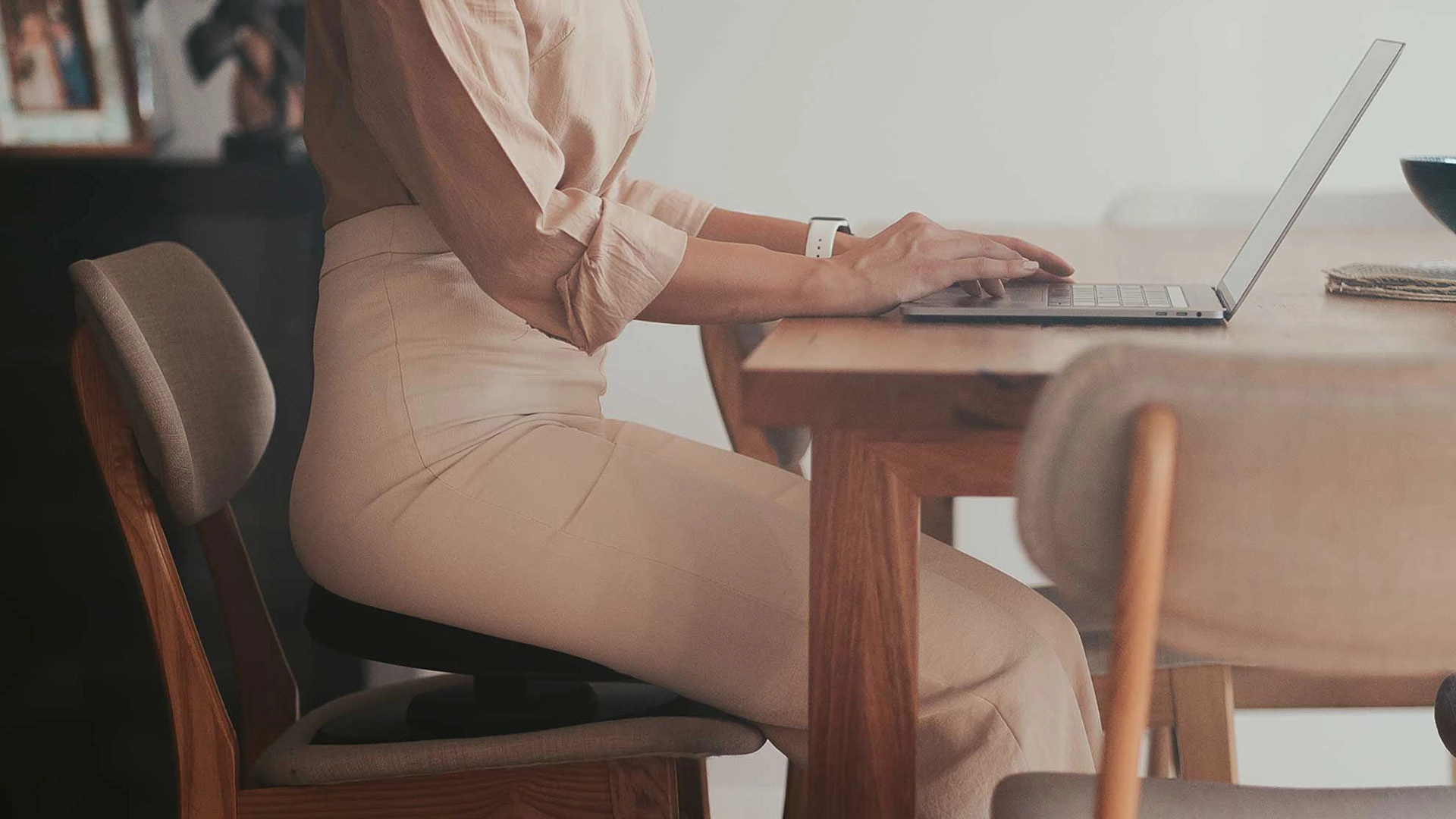
How to Address Office Chair Butt
The good news is that office chair butt isn’t permanent. With the right strategies, you can strengthen your glutes, alleviate discomfort, and even improve their appearance.
1. Take Regular Breaks
Breaking up long periods of sitting is essential for preventing discomfort and keeping your glutes and muscles active. Incorporating movement throughout your day can also boost your energy and even help you stay more fit.
Set Movement Alarms: Use your phone or a fitness tracker to set reminders to stand, stretch, or take a short walk every 30-60 minutes. These small breaks can also help you burn calories at work by encouraging consistent movement.
Desk-Friendly Stretches: Incorporate quick stretches to stay flexible and alleviate stiffness:
- Try chair back stretches to relieve tension in your spine.
- Practice seated stretches that target various muscle groups while staying at your desk.
- Focus on sitting leg stretches to improve circulation and reduce strain on your lower body.
Micro-Workouts: During your breaks, squeeze in simple exercises like squats, lunges, or glute bridges. These movements not only reactivate your muscles but also counteract the effects of prolonged sitting.
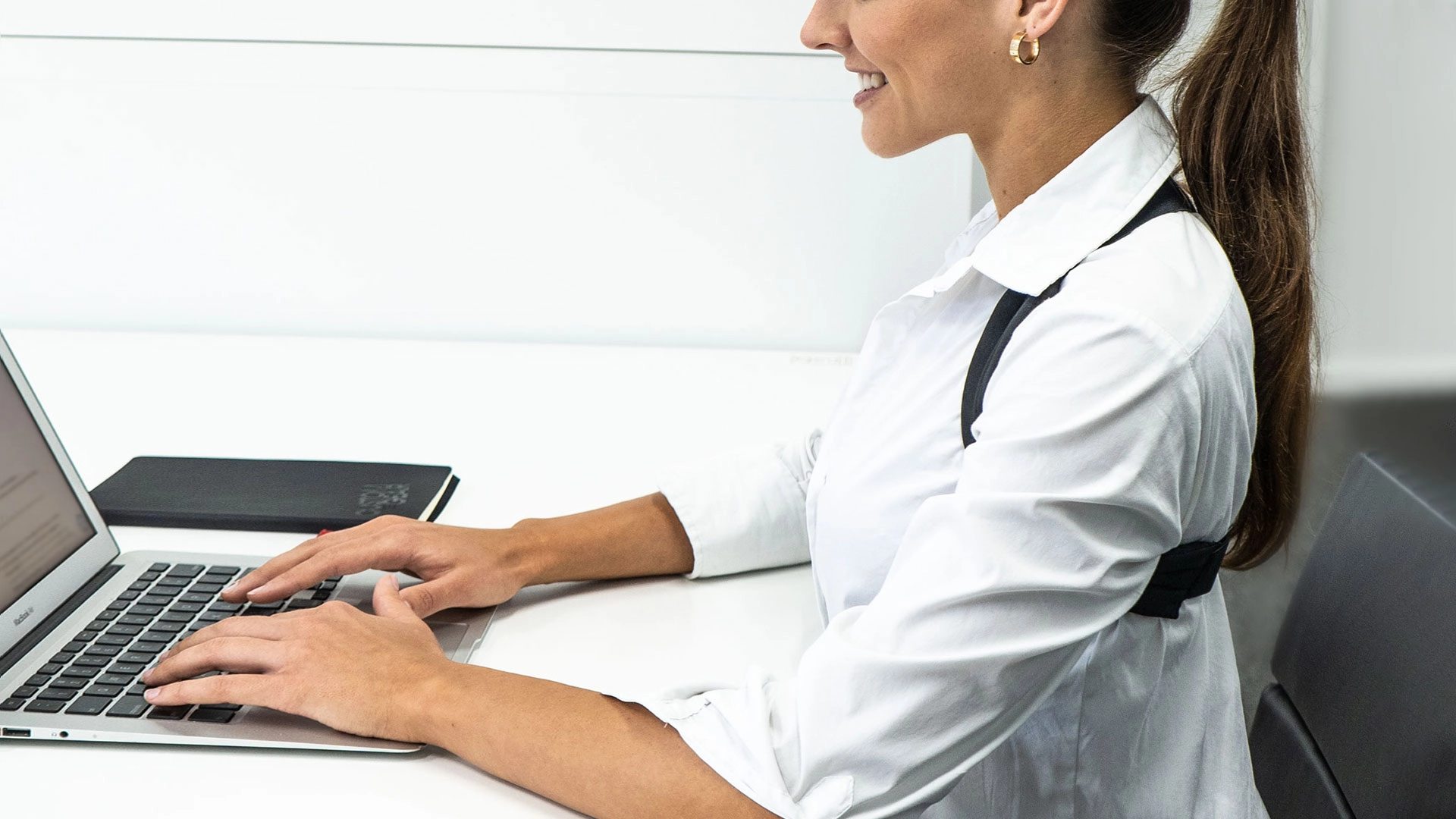
2. Switch to a Standing Desk
Alternating positions throughout the day can make a significant difference in reducing prolonged pressure on the glutes. A standing desk provides the flexibility to switch between sitting and standing, keeping your body more active and engaged.
For even greater convenience, a rolling standing desk allows you to move your workspace effortlessly, encouraging movement and flexibility during your workday. Pair this setup with a standing desk mat to support your feet and promote slight movements, which improve circulation and reduce fatigue while standing. By incorporating these tools, you can create a dynamic and comfortable workstation that supports your overall well-being.

3. Invest in an Ergonomic Office Chair
Your chair plays a pivotal role in preventing office chair butt by supporting your posture and encouraging proper muscle engagement during long work hours.
Features to Look For: Opt for chairs with adjustable seat height, lumbar support, and a contoured cushion to ensure comfort and alignment. If you need extra durability, consider an office chair for 300 lbs, which offers enhanced support for different body types.
Try Cushions: Memory foam or gel cushions can help distribute weight evenly, reducing pressure on the glutes for those who sit for extended periods.
Upgrade to Active Seating: For more flexibility, consider a standing desk chair that allows you to alternate between sitting and standing comfortably. If aesthetics and comfort are a priority, you might prefer a leather office chair for a classic look or a mesh chair for breathability during long hours at your desk.
Investing in the right chair, such as an office chair for long hours, can significantly enhance your workday comfort and prevent issues related to prolonged sitting.
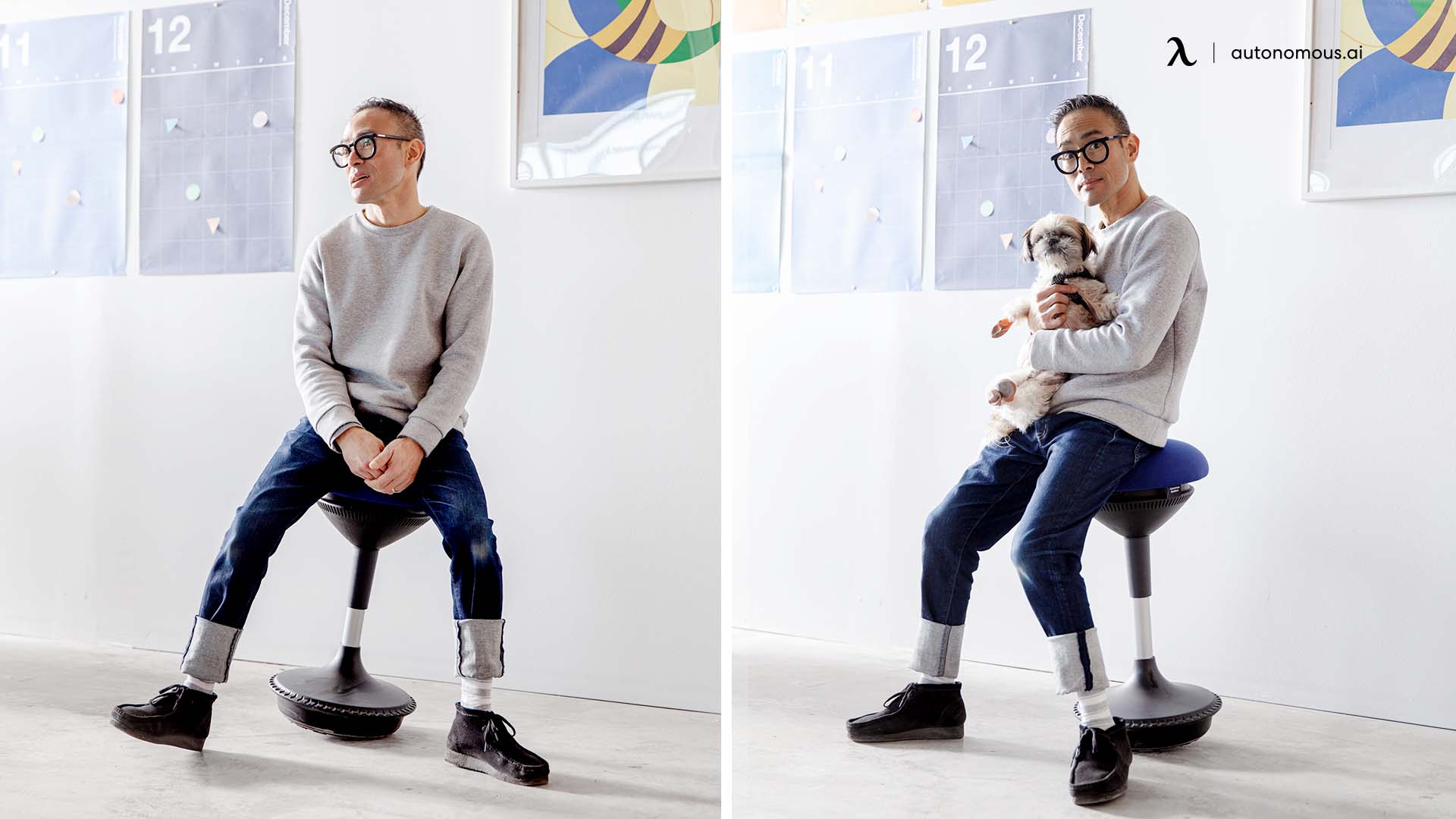
4. Incorporate Glute-Strengthening Exercises
To counteract the weakening effects of sitting, commit to regular glute-focused exercises:
- Glute Bridges: Lie on your back with knees bent, and lift your hips while squeezing your glutes at the top.
- Bodyweight Squats: Lower your body into a seated position and rise back up, keeping the glutes engaged.
- Hip Thrusts: Use a sturdy surface to rest your upper back and lift your hips off the ground with added weight for resistance.
- Step-Ups: Use a bench or sturdy platform to step up one leg at a time, focusing on glute activation.
5. Prioritize Good Posture
Good posture is more than just sitting up straight—it involves engaging your muscles and aligning your body to reduce strain and discomfort. Proper posture helps prevent long-term issues, such as spinal misalignment or muscle imbalances.
Keep Feet Flat: Ensure your feet are flat on the floor or supported by a footrest to distribute weight evenly and stabilize your posture.
Sit Upright: Avoid slouching by aligning your back with your chair’s backrest. Slouching can lead to spinal alignment issues over time, causing discomfort and poor mobility.
Engage Core Muscles: Activating your core helps support your lower back, maintaining an upright posture and reducing pressure on your spine. Ignoring this can increase ergonomic risk factors, such as back pain and muscle strain.
Focusing on posture not only enhances comfort during work but also promotes long-term spinal health and overall physical well-being.
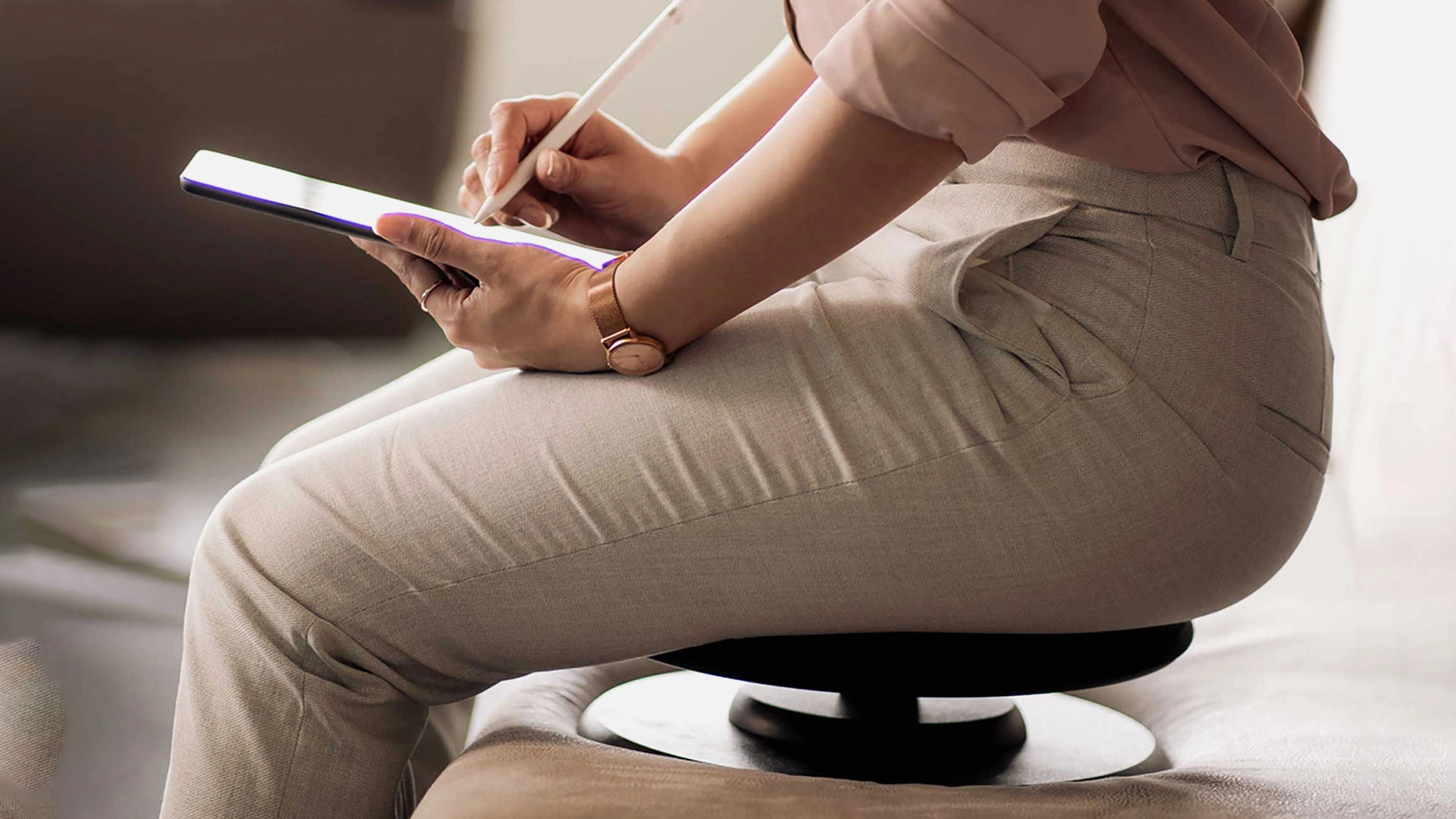
Don’t Let Office Chair Butt Get the Best of You
Office chair butt is a real concern for anyone leading a sedentary lifestyle, but it’s entirely preventable. By understanding what office chair butt is, recognizing what office chair butt looks like, and implementing these practical tips, you can keep your glutes strong and healthy.
From ergonomic seating to regular movement and glute-strengthening exercises, there are plenty of ways to combat the effects of prolonged sitting. So, take a stand—literally—and give your glutes the attention they deserve. Your body (and your backside) will thank you!
Get exclusive rewards
for your first Autonomous blog subscription.
Spread the word
You May Also Like




-7512dd9e-3510-42ed-92df-b8d735ea14ce.svg)


